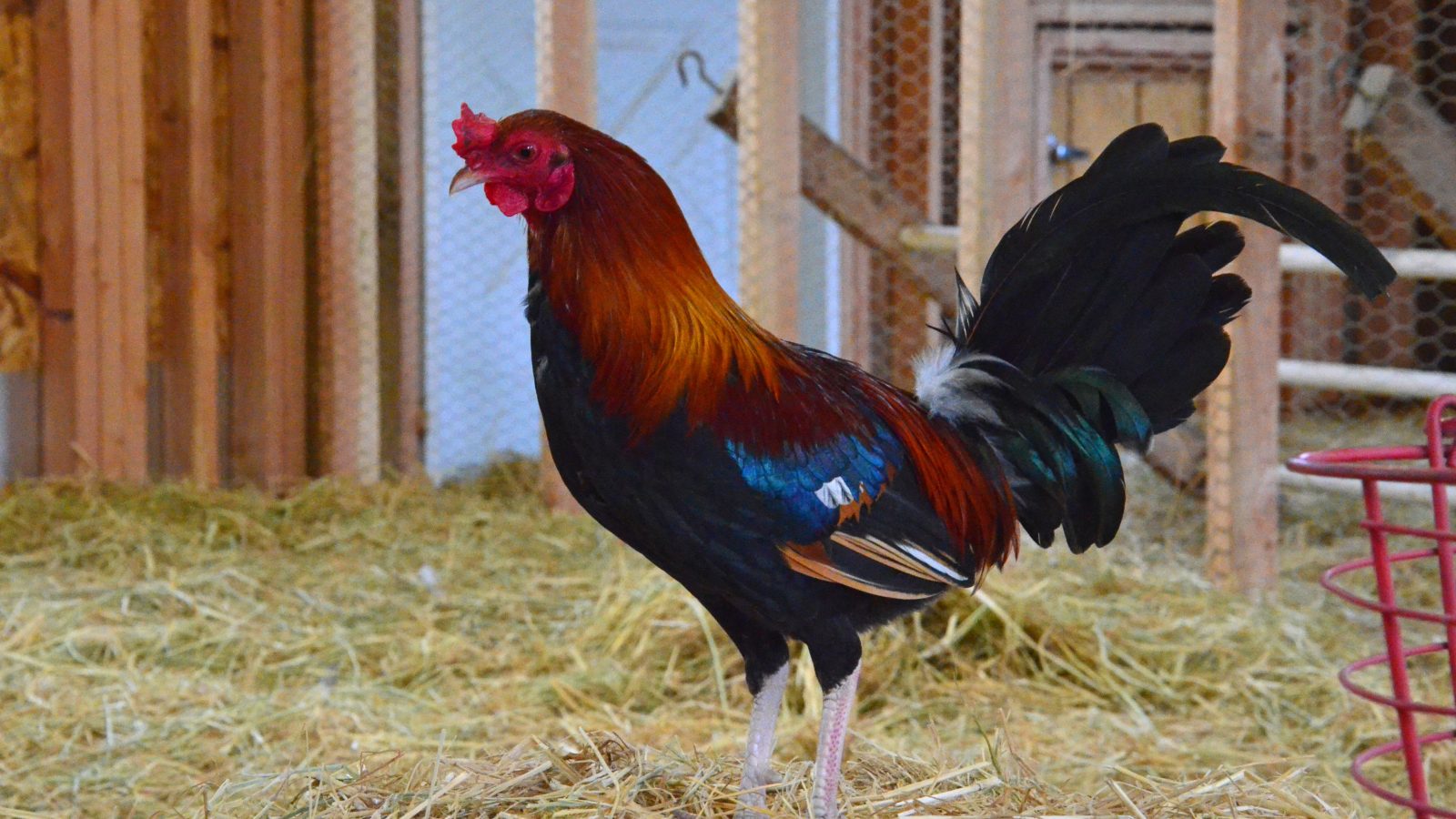To begin with, they’re great providers. They call out to the flock when they find food––and even wait for their hens to start eating first.
They are devoted protectors. Roosters keep a keen eye on their environment, letting out warning squawks when they see predators approach. They may even give their lives to save their families from harm. Anyone who messes with a rooster’s flock will have to get through him first.
Some roosters also have pretty cool hair.

























